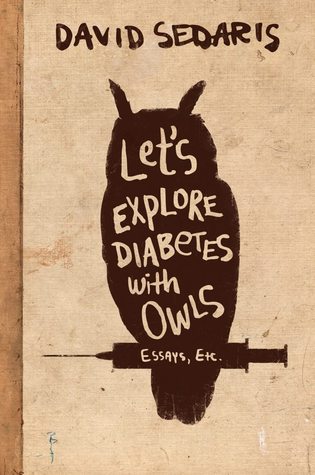Source: John Sibley Williams
Paperback, 78 pages
I am an Amazon Affiliate
Controlled Hallucinations by John Sibley Williams is a debut collection that breaks down the barriers between reality and fantasy in ways that will remind readers of Salvador Dalí and the surrealists one moment and a spiraling, broken hearted romantic, the next. These poems are equally raw in emotion and imagery, like in “XXXIX” (page 49), “The knives I display in this poem/cannot even cut an overripe fruit.//When I thrash them wildly/to hold them to your throat, or mine,/when I threaten an old enemy/with a few unsharpened words/” Violence only appears in some of these poems, but it is never gruesome or overly graphic. One main technique used throughout the collection resembles slipstream combining the familiar with the unfamiliar.
XII (page 22)
I would like to crochet a mitten
for my future child,
to warm another's hands
with the work of my own.
I would like to build a house for someone,
anyone,
a stranger,
from foundation to wafting chimney,
and then smile at the pain
of pressing on the bruises
left from making.
But all I have is a song to lean on,
an eager voice,
a white cane
related to me as stone is to moss,
and I am hoping
this simple attempt at light will suffice.
Unlike unbidden hallucinations, these poems carefully unravel in slow movements to serve as a reminder to the reader that their own lives can and have spiraled until they were pulled back. Even as movement speeds up in some poems, there is always a moment where that movement stops, providing a perspective for the reader to examine. Williams’ poems have the aim of making the untranslatable translatable, and the poems draw parallels between each poem’s narrator and the reader’s world. “IX” (Page 19) seems to partially showcase the need for control in love, but how equally painful trying to keep control can be: “The paper cut on my palm/runs parallel to my love line./They taper off at the same spot,/under my thumb//” evoking the image that control can smother love.
From "XLV" (page 55) Let's be moths together circling the bright eye, circling and trying to enter, then retreating as far as darkness allows.
There’s a constant struggle in these poems from the choices made and the choices that could have been made. Controlled Hallucinations by John Sibley Williams peels back the skin to reveal what’s underneath, but then veils it with sheer fabric to obscure its harshness. Some of these poems can be puzzling, requiring a couple of reads, while others seem contrived or unfinished. Overall, the collection is engaging and accessible for more patient readers.

John Sibley Williams is an award-winning writer of fiction and poetry. He works as Book Marketing Manager of Inkwater Press, as well as a freelance literary agent, and lives in Portland, Oregon. John is the author of Controlled Hallucinations (forthcoming 2013 by FutureCycle Press), as well as seven chapbooks. John is the winner of the 2011 HEART Poetry Award, and finalist for the Pushcart, Rumi, and The Pinch Poetry Prizes. He has served as Acquisitions Manager of Ooligan Press and publicist for various presses and authors, and holds an MFA in Creative Writing and MA in Book Publishing.
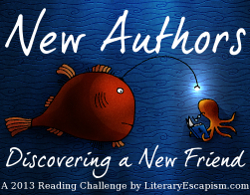



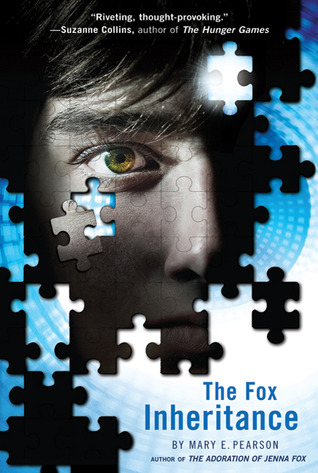



 About the Author:
About the Author: About the Author:
About the Author:

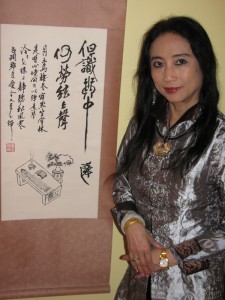 About the Author:
About the Author: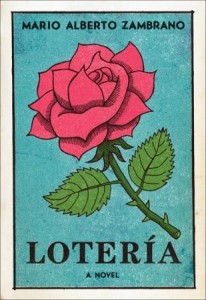

 About the Author:
About the Author: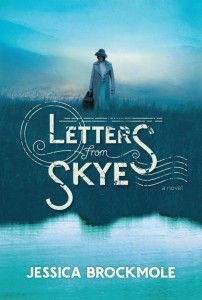
 About the Author:
About the Author: About the Author:
About the Author: About the Author:
About the Author: